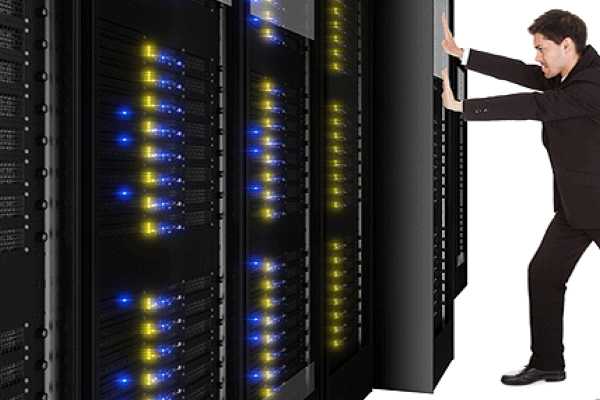Published on the 11/11/2016 | Written by Anthony Caruana

Attracting over 5000 attendees, vForum 2016 is one of the largest tech events in the ANZ region…
With the theme of “be_Tomorrow” (the marketers had fun with that one), this year’s conference focused on the disruption of mobility and the cloud and Dell Technologies company VMware wants to be part of the journey guiding companies through the transition. The major announcement to come out of the conference is advancement in the company’s claimed ability to create software defined data centres capable of delivering flexible virtualised services to meet diverse business requirements.
Newly appointed MD for ANZ Alister Dias said Australia has dropped in global rankings when it comes to innovation – in particular, he singled out slow uptake of the Internet of Things as a significant factor.
Dias highlighted four critical areas that are important to innovation; he said businesses to mobilise and modernise, future-proof with investments in the cloud and keep everything secure. After all, “Cybercrime is worth more than the international drug trade,” he said.
VMware CEO Pat Gelsinger then discussed the transitions being driven by digital transformation and said that there is only one type of business in the future. While some differentiate between traditional and digital business, he said the dichotomy is false because “All business is digital business.”
Gelsinger said GE was one of the first companies added to the Dow Jones when the industrial index was established in 1882. Of the 12 companies listed then, it is the only one still operating. Gelsinger said this is because of its ability to adapt and a culture of rewriting business rules rather than simply optimising existing operations. GE’s transition from a manufacturing-centric company to one that has embraced technology offers a strong lesson, Gelsinger said, in how companies can successfully make the shift from traditional to digital business.
Looking ahead, Gelsinger said he expects about 50 percent of workloads will operated in public and private cloud services by 2021. And it will be a other decade after that before half of the workloads will be in purely in public clouds. And by 2019, there will be more machines connected to the Internet than people (Gartner estimates some 20 billion things by 2020). This points to a significant transition that has only just started.
Although some see the rampant shift to cloud and ‘things’ as a threat to traditional IT, Gelsinger said the market will expand. During his time at Intel, Gelsinger recalled, he worked on the development of the 486 processor. Marketing folk at Intel were concerned that the faster CPU would supersede their market-leading 386 platform and make the processor market smaller. But the opposite happened, and pretty spectacularly at that.
Evolution of IT, he said, drives a thirst for more technology as it becomes better at meeting business and market needs.
Long one of the leading lights in virtualisation (it claimed to be the first to virtualise x86 architecture) VMware today has a somewhat broader interest in the use of cloud technology. He said the company is driving toward doing more than just virtualising compute capability, focusing its attention instead on the bigger picture, which is a fully software driven data centre.
“This is the centre of VMware’s pursuit. How do we bring the capability that we did to compute, to every other aspect of the data centre?”
Back in August, Gelsinger announced the company’s new unified Software Defined Data Centre. It’s comprised of the VMware Cloud Foundation and their Cross Cloud Services.
The Cloud Foundation is a package made of its compute, network and storage virtualisation technologies.
Cross Cloud Services allow service providers deliver services using the Cloud Foundation technology. As well as working with VMware’s products, it can integrated with third parties so IT departments and service providers can offer a broader set of services.
The aim is for service providers to deliver any application, whether new or legacy, over any cloud service to any device securely and easily.
Earlier this year IBM announced integration of these services into its SoftLayer offering, while AWS joined as a partner more recently.



























